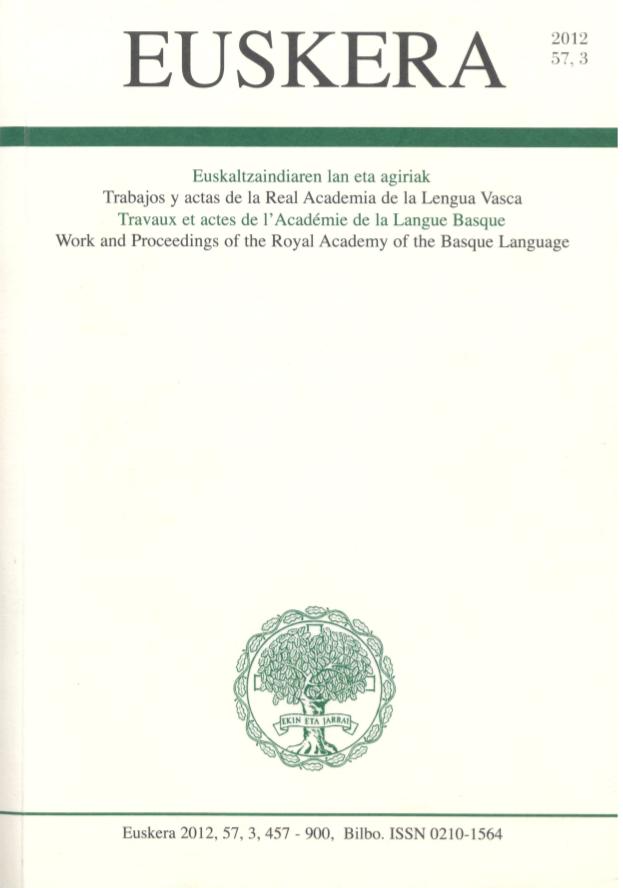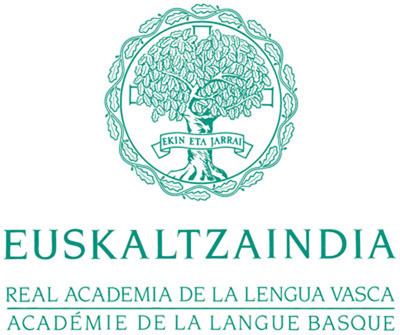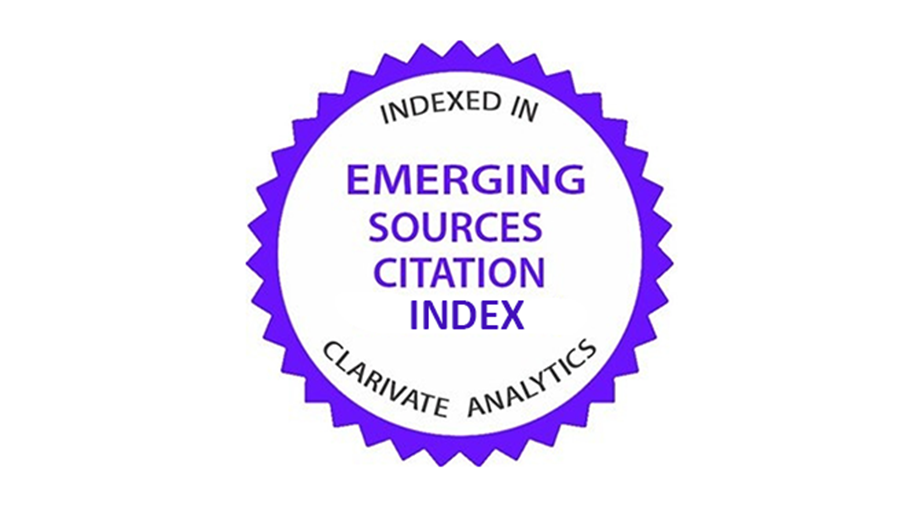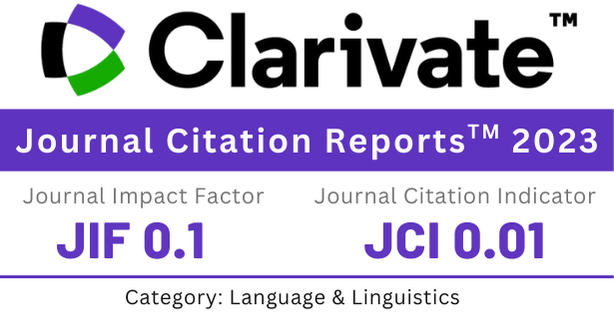Birformulazio eta birformulatzaile esplikatiboak hizkera juridikoan
DOI:
https://doi.org/10.59866/eia.v57i3.177Keywords:
Reformulation, explanatory reformulator, discourse makers, legal language, academic texts, legal texts, alegia, hau da, hotsAbstract
In this piece of research we have connected the topics of ‘reformulation’ and ‘legal language’. To be more precise, we have examined the weight given to explanatory reformulators in legal discourse and how the reformulators (alegia, hau da, hots...) are used. In the first section of the article we present the main features of the research. In the second section we explain what constitutes reformulation, how it is effected and how it is structured; we also present the major types of reformulation and the main reformulators used in Basque. In the third section, based on a broad corpus, a statistical and qualitative analysis of the way explanatory reformulators are used in ordinary and legal language (legal and academic texts) is carried out. Finally, part four is concerned with the results: in explanatory legal discourse (especially in academic texts) reformulation and explanatory reformulators are widely used; we have been able to show that certain reformulators are the most widely used and that their frequency of appearance changes according to subject matter and genre; in addition, the presence of explanatory reformulators and their discursive functions change according to text type (e.g. from legal to academic texts).
